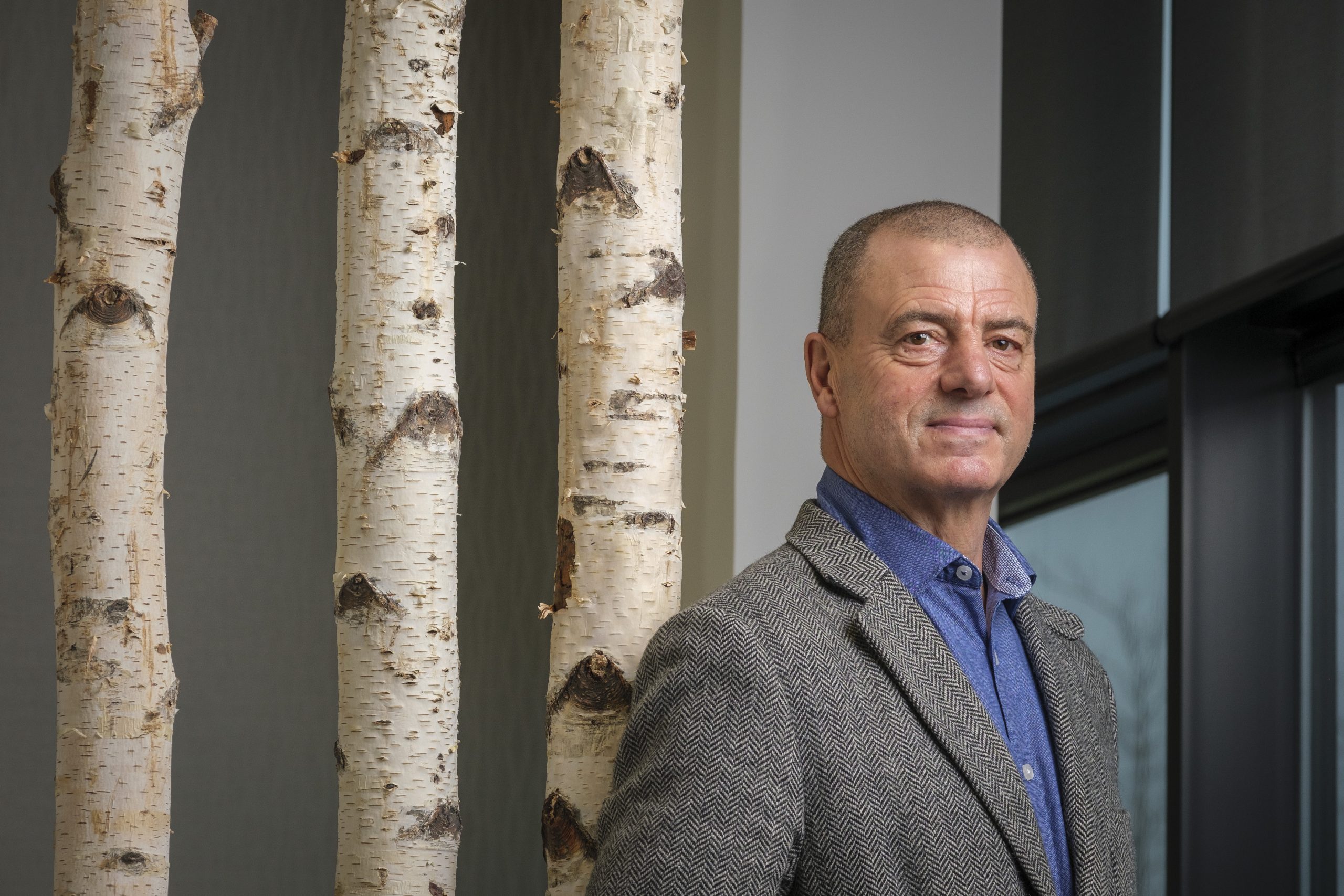
What comes to mind when we think of Venice? The Grand Canal thoroughfare, obviously. Its rich and detailed architecture. And the environmental challenges it faces, sinking into the waters which surround it.
What probably doesn’t enter our thoughts is the concept of Venice as a financial centre but, in the fourteenth century, it was the most powerful in Europe, if not the world.
Similarly, between 1870 and 1914 Argentina’s GDP, driven by Buenos Aires, grew at an annual rate of six per cent, making it one of the 10 wealthiest countries in the world, ahead of France, Germany and Italy. By contrast, the South American nation’s recent history consists of two sovereign bond defaults in the past 20 years alone.
If there is a lesson here, it is that ambitious cities must adapt to a world that is constantly shifting around us, embracing new thinking and technologies – especially digital technologies – to move with the times. Those which do not will be left behind.
Edinburgh, wonderful city that it is, needs to heed such lessons. Scotland’s capital city has a deserved reputation as an international financial centre, a global hub where commerce and culture coexist and thrive. However, it has no divine right to retain that status in perpetuity. Complacency is a real and constant danger and recent developments should give us pause for thought.
The latest global financial centres index showed Edinburgh had fallen six places in six months, from 21st to 27th in the league table, one of only 11 cities among the 119 evaluated to have dropped in the rankings, and a city whose perceived stability is verging on “unpredictable”.
Edinburgh is projected to overtake Glasgow as Scotland’s largest city in the next 20 or 30 years. So, far from managing any form of decline, we must instead create a framework and a blueprint that supports infrastructure development, builds inclusive, sustainable communities, retains the brightest talent, and drives the city’s wider economic growth.
This is a time for innovative and bold thinking to be matched by an appetite for taking risk and seizing opportunities. For example, a number of developments are presently being proposed to turn barren brownfield sites into thriving community hubs, providing inspirational places to live and work whilst adhering to the highest possible biodiversity and environmental standards. I am proud to represent the company with a vision for one such development, the prospective Elements Edinburgh site on the city’s western periphery, where our ambition is to transform the site of a disused runway into a community that includes 2,500 homes and a digital business campus attracting companies and creating quality jobs.
As we wait to learn the identity of our next first minister, Edinburgh – and Scotland as a whole – has many assets at its disposal, but the luxury of time isn’t one of them.
Steve Dunlop is a non executive director of Crosswind Developments
This article first appeared in The Scotsman 15th March 2023



